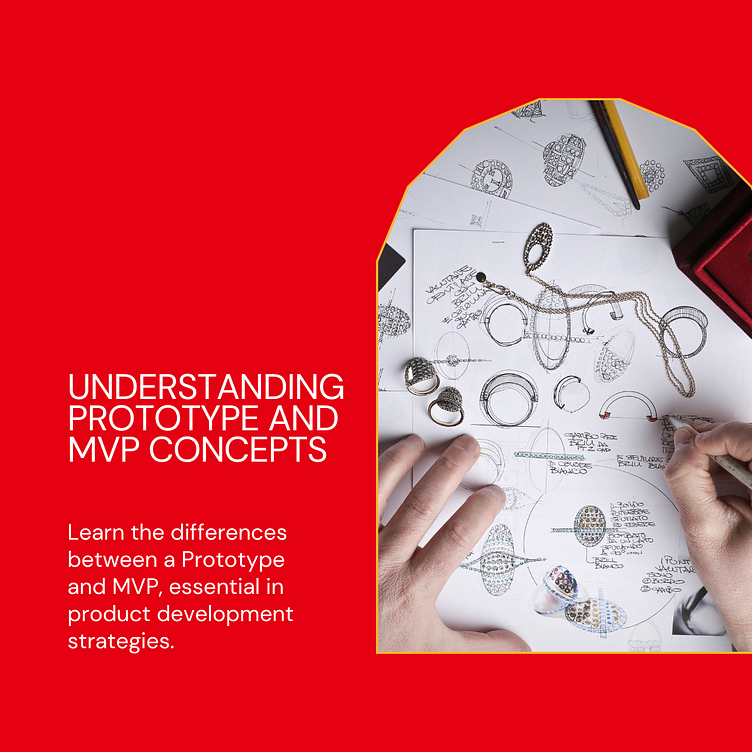What is Prototype and MVP? Prototype vs MVP
Prototype:
A prototype is an early, rudimentary version of a product or service, designed to demonstrate its basic functionalities and gather feedback from stakeholders. Prototypes come in various forms, ranging from simple sketches or wireframes to more sophisticated interactive models.
Key Characteristics of Prototypes:
Functionality Demonstration: Prototypes focus on showcasing core features and functionalities of the intended product or service.
Feedback Collection: They are used to gather feedback from users, stakeholders, and developers to refine the concept and improve the final product.
Low Fidelity: Prototypes are often low-fidelity representations, emphasizing functionality over aesthetics.
Minimum Viable Product (MVP):
An MVP, on the other hand, is a functional version of a product with the minimum set of features required to satisfy early adopters. The primary goal of an MVP is to validate assumptions, test hypotheses, and gather real-world data to inform future iterations.
Key Characteristics of MVPs:
Market Validation: MVPs are built to validate the product idea and its market demand, helping entrepreneurs assess its viability.
Iterative Development: They serve as a starting point for iterative development, allowing teams to incrementally add features based on user feedback and market response.
User-Centric: MVPs prioritize delivering value to users while minimizing development time and resources.
Prototype vs. MVP:
While prototypes and MVPs share the common goal of validating ideas and gathering feedback, they differ in their scope, purpose, and stage of development:
Purpose: Prototypes are primarily used to visualize and test product concepts, whereas MVPs are aimed at validating market demand and generating early revenue.
Scope: Prototypes focus on demonstrating key functionalities and user interactions, while MVPs include a minimum set of features required for a viable product.
Development Stage: Prototypes are typically created in the early stages of product development, often before writing a single line of code, while MVPs are developed after initial validation of the concept.
In essence, prototypes help teams explore ideas and refine concepts, while MVPs enable them to test those concepts in the real world and iterate based on user feedback. Both play critical roles in the product development journey, ultimately leading to the creation of successful and user-centric products.
In conclusion, while the terms "prototype" and "MVP" are sometimes used interchangeably, understanding their distinct purposes and characteristics can significantly benefit product development efforts, helping teams build products that resonate with their target audience and address real-world needs effectively.
